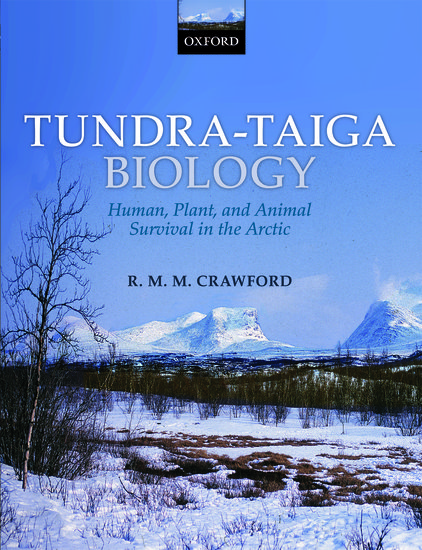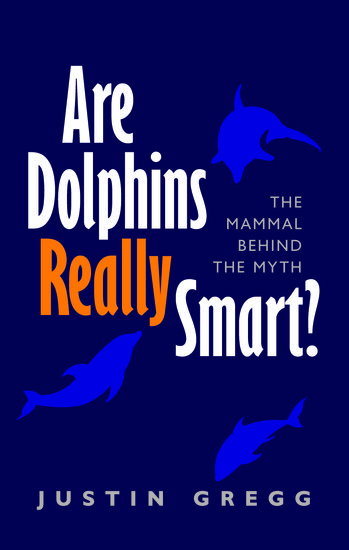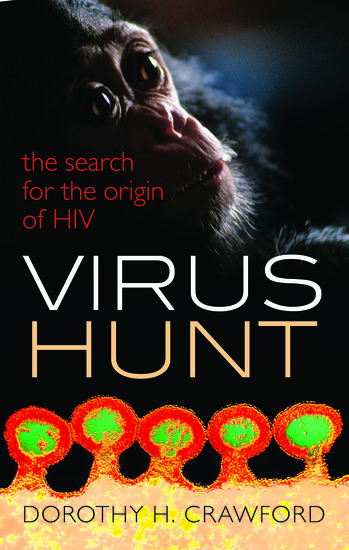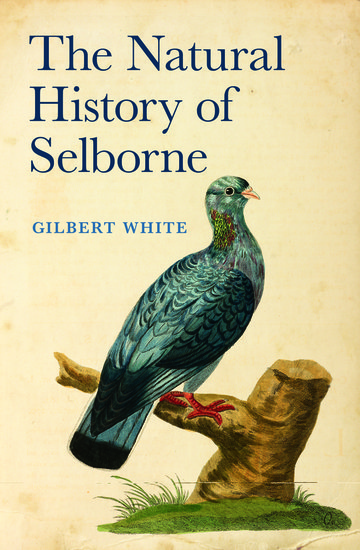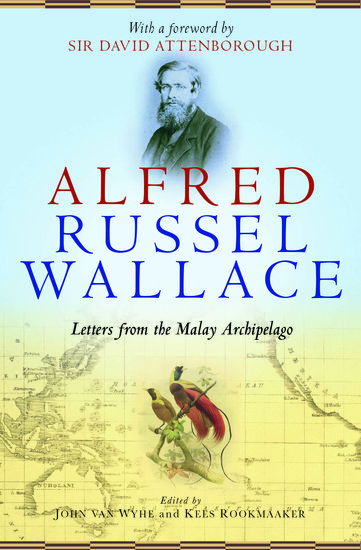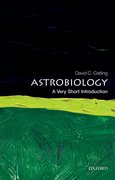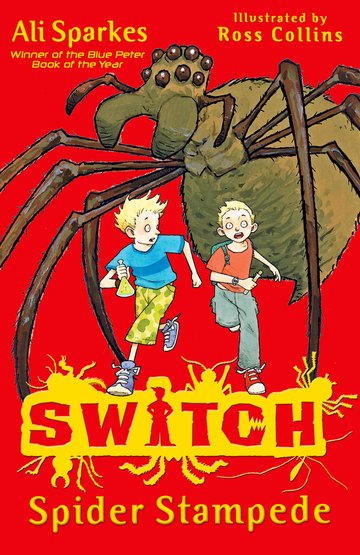An uncertain future: Human, plant, and animal survival in the Arctic
By R.M.M. Crawford
The Arctic is changing. How it will change is uncertain. In contemplating the future in the far north a distinction has to be made between the maritime and the terrestrial Arctic. The Arctic Ocean is a relatively monotonous region, whether it be frozen or unfrozen.

